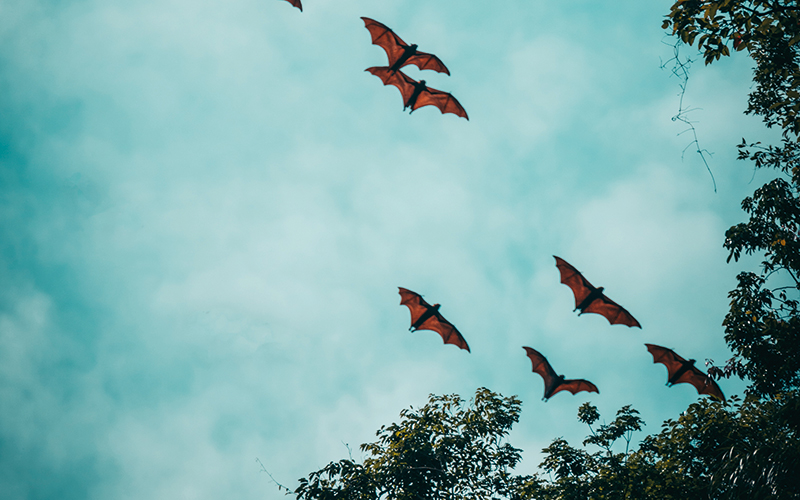This month we ask “Is COVID-19 a one-off, or will there be more zoonotic epidemics and pandemics in the years to come?”


Senior Lecturer in Microbiology
Middlesex University
There have been a number of zoonotic pandemics throughout human history, so COVID-19 is not the first. Neither is it likely to be the last.
If an animal pathogen infects and can efficiently transmit between humans, where natural immunity is limited or non-existent, infection spreads, until it runs out of susceptible hosts in which
to replicate.
Global warming can also contribute by modifying the distribution of animal hosts, or that of insect vectors, thereby increasing access to people. SARS-CoV-2, the causative agent of COVID-19, likely started in a bat and ended up in the humans population, possibly via one or more other animal species.
However, measures can be taken to reduce the possibility of animal pathogens infecting, and causing outbreaks in, people. These include reducing exposure to wild animals, surveillance of infectious agents in wild and domesticated animal species, conducting research into technologies that allow the rapid production of vaccines and anti-infective drugs, and enhancing global infrastructure to support public health measures and medical interventions when outbreaks occur.
It is very likely that animal pathogens will enter the human population again in the future, so let’s hope that we can be better prepared than we have been in the past.

Dr Elaine Cloutman-Green
Principal Clinical Scientist, Infection Prevention and Control
Great Ormond Street Hospital
I was excited to be asked to respond to this one as I started my scientific career as a zoologist, so it takes me back to my scientific roots.
The thing that doesn’t often get into the public consciousness is that we have a zoonotic-based epidemic about once every 10 years, on average. Also, every year there are multiple cases of zoonotic transmission to humans, some of which take the next step of human-to-human transmission. Many of these are in remote areas or are fairly far removed from the UK, so don’t get covered in UK media.
There are a number of things about the way we live now that mean once human-to-human transmission has occurred, a pandemic is more likely, versus epidemics that may have occurred previously. These include population density, travel and medical tourism. All of these things mean that our world is much smaller than it was 200 years ago. Modelling has demonstrated that, depending on where it starts, a novel organism could be found in populations around the world in eight hours. This theory was supported when SARS-CoV was initially detected.
So, in many ways further zoonotic epidemics/pandemics will be inevitable; the question is what lessons have we learnt about how to detect them early and what interventions we should use to limit their impact.

Martine Jensen
Higher Specialist Biomedical Scientist
Hull University Teaching Hospitals NHS Trust
COVID-19 is not the first zoonotic pandemic and it may well not be the last. Pandemics have occurred previously, such as the H1N1 virus seen in 2009, but have not had the same impact as the current pandemic.
Interactions between animals and humans will always occur. With viruses able to mutate and adapt to their surroundings and the availability of hosts, zoonotic infections will always occur. With global travel allowing transmission of infection to other countries, the risk of epidemics reaching pandemic status is increased. The key to our survival is how we adapt and learn to control such infections to minimise the impact.
The COVID-19 pandemic is an example of how, as a species, we can survive such global infections. The advances in PCR technology over the past decade and the introduction of whole genome sequencing (WGS) allowed the virus
to be sequenced quickly. This fast action allowed diagnostic testing to be established early in the pandemic. WGS also enabled a vaccine to be researched, developed and manufactured in a timely manner. Both are vital tools in attempting to control the pandemic.
COVID-19 has shown the world the impact of zoonotic infections on everyday life. It has reminded us how fragile life can be and how important infection control procedures are in attempting to stop the spread. We may or may not see another pandemic of this size in our lifetime, but the risk has been, and will always be, there.




